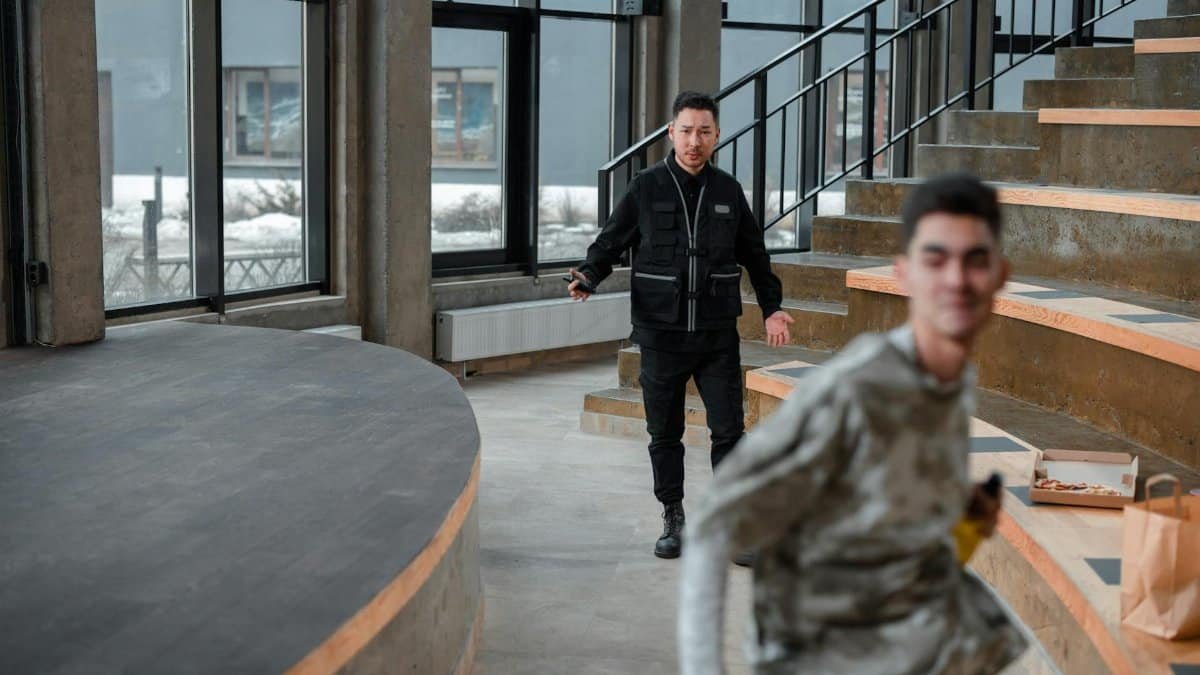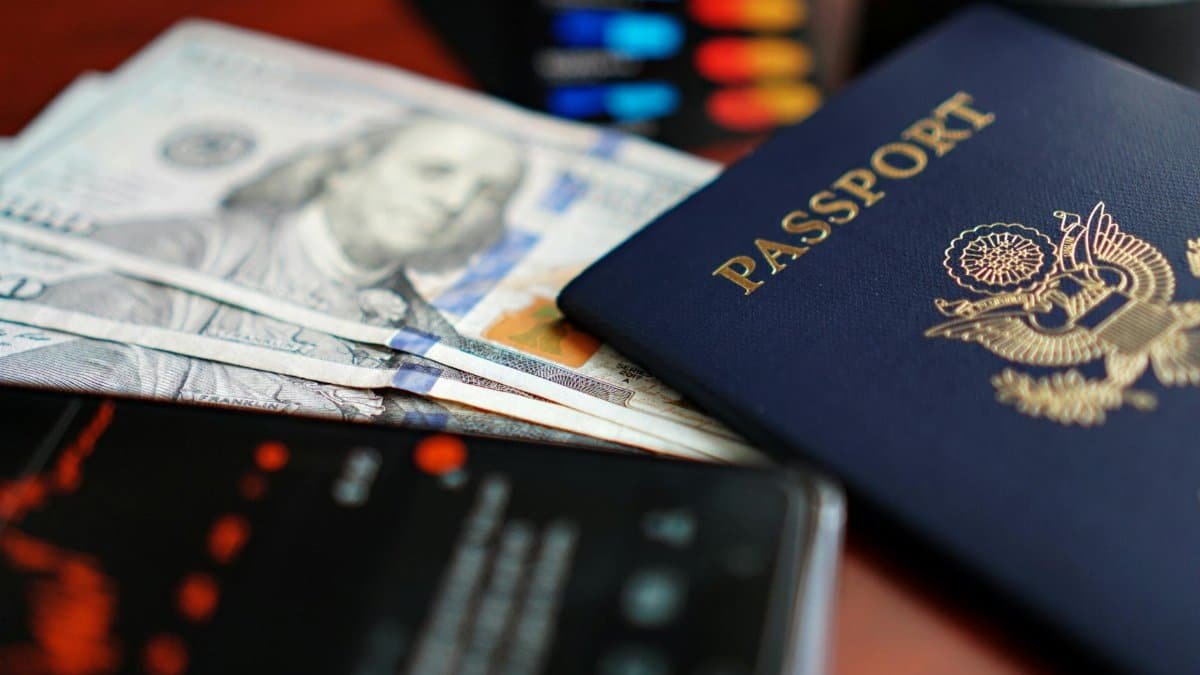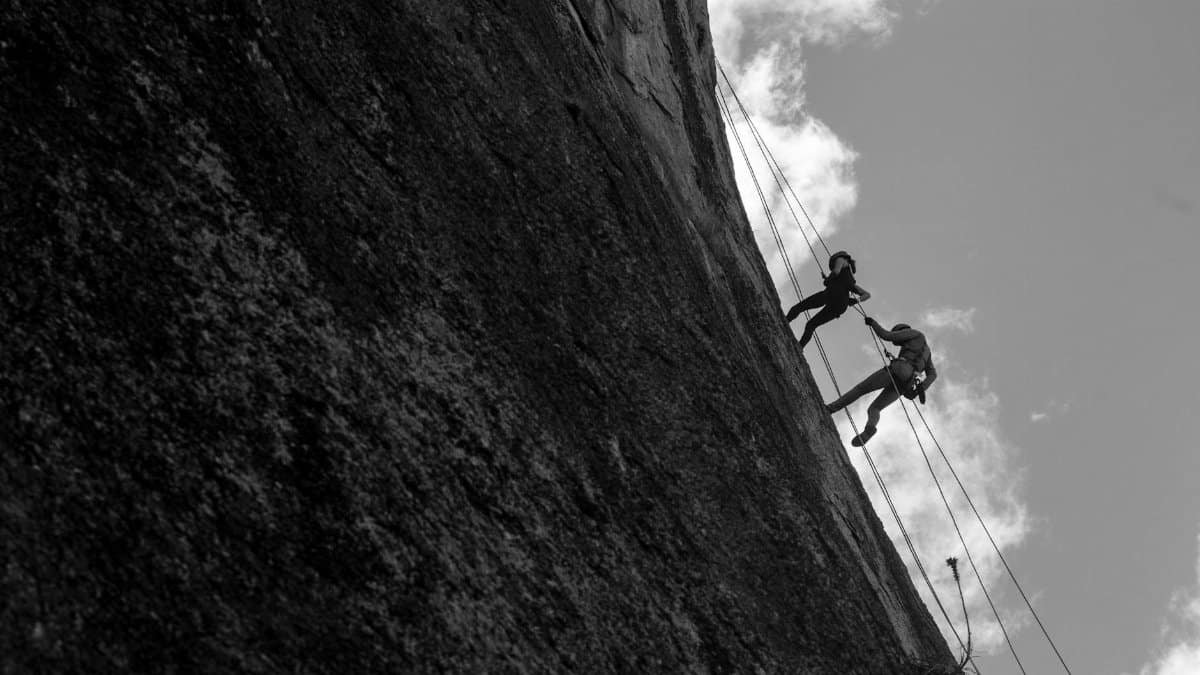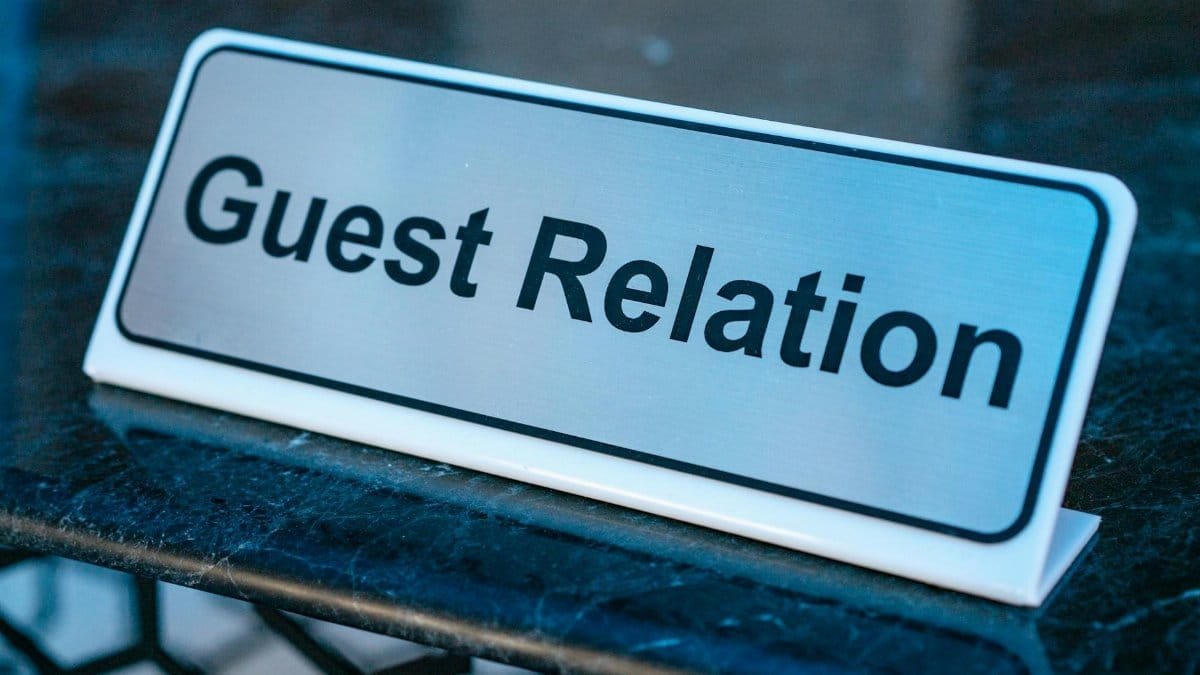Nevada is rolling out a groundbreaking initiative with the nevada quiet gaming cert, a program designed to transform the high-energy casino experience into a more mindful one. This certification, aimed at promoting low-stimulation environments, is already making waves in the state’s iconic gambling hubs. As of 2025, select casinos are dedicating portions of their floors to serene gaming spaces, and early results suggest a surprising shift in player behavior. What does this mean for the future of entertainment in the Silver State? Let’s break down the details.
What Is the Nevada Quiet Gaming Cert?

The nevada quiet gaming cert is a state-backed program encouraging casinos to create designated low-stimulation zones on their gaming floors. According to the summary from the Las Vegas Review-Journal dated April 30, 2025, resorts must allocate at least 10% of their floor space to these “quiet gaming” areas to qualify. These zones are intended to offer a calmer alternative to the typical sensory overload of flashing lights and loud slot machines, catering to players seeking a more relaxed experience.
Tax Incentives Drive Participation

A key motivator for casinos to join the program is the financial perk it offers. The state provides tax incentives to resorts that earn the nevada quiet gaming cert by meeting the required standards. This economic boost is a strategic move by Nevada to diversify the appeal of its gaming industry, balancing the high-octane atmosphere with spaces for mindfulness. For casino operators, the reduced tax burden could offset the costs of redesigning floor layouts to accommodate these quieter zones.
First Adopters See Promising Results

Three pioneering casinos in Nevada have already implemented the quiet gaming zones and secured certification. The early data, as reported in the summary, is striking: these resorts are witnessing longer dwell times from patrons in the low-stimulation areas. Players are spending more time gaming in these serene environments, suggesting that the calmer setting resonates with a segment of visitors who might otherwise feel overwhelmed by the traditional casino vibe.
Fewer Security Interventions Reported

Another unexpected benefit for the initial certified casinos is a reduction in security interventions. The Las Vegas Review-Journal summary highlights that these quiet zones are linked to fewer incidents requiring staff involvement. This could point to a more peaceful player demographic or simply a less stressful environment that discourages conflict. For casino management, fewer disruptions mean smoother operations and potentially lower security costs over time.
Targeting a New Kind of Gambler

The nevada quiet gaming cert taps into a growing trend of mindfulness and wellness, even in spaces traditionally associated with excess. By offering low-stim gaming areas, Nevada’s casinos are attracting a different kind of visitor—those who prioritize calm over chaos. This aligns with broader U.S. trends in 2025, where wellness-focused travel and entertainment options are gaining traction. The program could position Nevada as a leader in blending gambling with a more introspective experience.
Potential Impact on Casino Design

Implementing quiet gaming zones requires rethinking casino layouts, which have long been engineered to maximize excitement and engagement. With 10% of floor space dedicated to serene play, architects and operators must balance profitability with compliance. This shift might inspire innovations in soundproofing, lighting, and seating to create truly tranquil areas without sacrificing the allure of nearby high-energy zones. The design challenge is real, but the payoff could redefine how casinos cater to diverse crowds.
Broader Implications for Nevada’s Economy

Nevada’s gaming industry is a cornerstone of its economy, and the quiet gaming certification could have ripple effects. By appealing to a wider audience, including those who might have avoided casinos due to sensory overload, the state could see an uptick in tourism revenue. Additionally, the tax incentives might encourage more resorts to participate, further diversifying the industry. This initiative reflects Nevada’s adaptability in maintaining its status as a global entertainment hub in 2025.
Challenges in Scaling the Program

While early results are promising, scaling the quiet gaming certification across more casinos may face hurdles. Not all resorts have the space or resources to allocate 10% of their floors without impacting revenue from traditional gaming areas. Smaller operators, in particular, might struggle to meet the criteria. Moreover, ensuring that quiet zones remain appealing and profitable will be critical to sustaining interest in the program among both players and casino owners.
Public and Industry Reception

Though specific feedback isn’t detailed in the summary, the adoption by three casinos suggests initial industry buy-in for the nevada quiet gaming cert. Public response, inferred from longer dwell times, indicates that players appreciate the option for a calmer gaming experience. As more data emerges, Nevada officials and casino stakeholders will likely gauge whether this program can become a permanent fixture or if it remains a niche experiment in the state’s gambling landscape.
Looking Ahead for Quiet Gaming

The nevada quiet gaming cert is a bold step toward reimagining the casino experience, blending mindfulness with the thrill of gambling. As Nevada continues to monitor the program’s outcomes, the success of these initial quiet zones could inspire similar initiatives elsewhere. For now, the state is setting a precedent that entertainment doesn’t always have to be loud to be lucrative. To learn more about trends in gaming and wellness, check out resources from UNLV’s International Gaming Institute and broader hospitality insights from American Hotel & Lodging Association.
